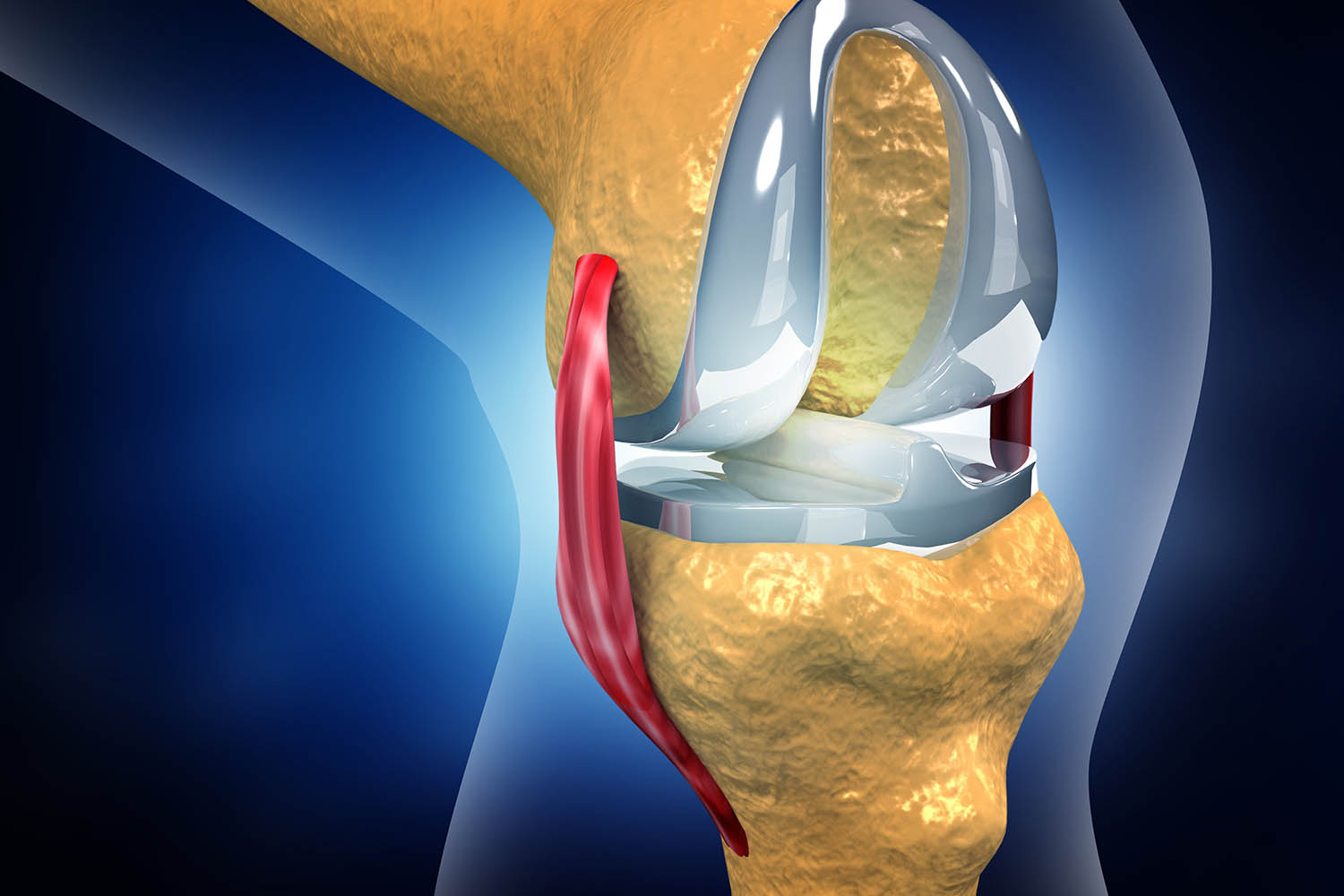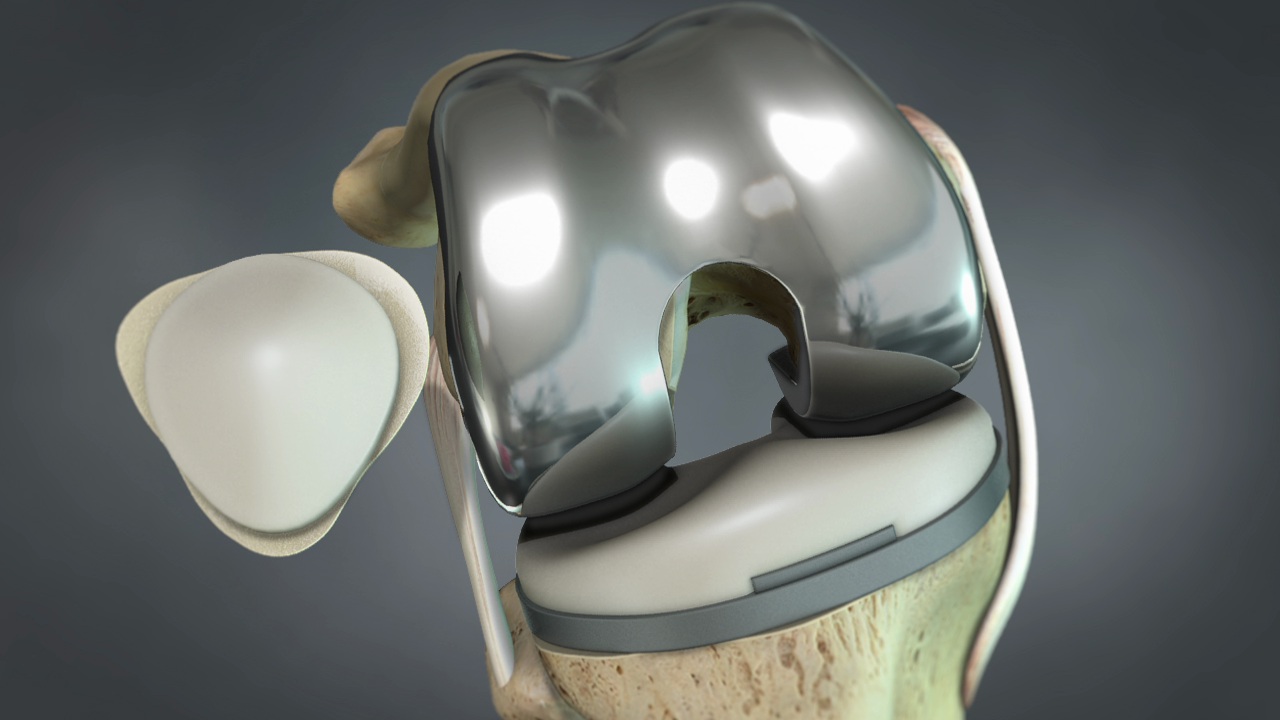Minimally invasive knee replacement arthroplasty, often referred to as MIS TKA, uses a smaller incision and techniques to access the knee joint aiming for less pain, faster recovery and quicker return of function.
The Procedure
Minimally invasive knee replacement involves replacing damaged knee cartilage and bone with artificial implants but uses smaller incisions and less tissue disturbance compared to traditional knee replacement. The procedure generally involves anesthesia, an incision, bone preparation, implant placement and closure.
Anesthesia : General or spinal anesthesia is administered to numb the area and prevent pain during the procedure.
Incision : A small incision, typically 4-6 inches long, is made over the knee joint, allowing access to the knee joint while minimizing tissue damage.
Bone Preparation : The damaged portions of the femur (thigh bone) and tibia (shin bone) are carefully removed.
Implant Placement : Metal components are placed on the femur and tibia to replace the damaged bone surfaces.
Joint Examination : The new knee joint is examined for range of motion and to ensure proper alignment.
Closure : The incision is closed with stitches or staples and drains may be placed to remove excess fluid.

Benefits of Minimally Invasive Knee Replacement
Minimally invasive knee replacement offers benefits like less pain, faster recovery and a shorter hospital stay compared to traditional knee replacement. It also involves smaller incisions, reducing the risk of scarring and post-operative complications.
Less Pain and Faster Recovery :
1. Minimally invasive procedures cause less tissue damage and disrupt fewer blood vessels leading to less post-operative pain and a faster recovery.
2. Patients can often return to normal activities sooner with some potentially resuming activities within 3 to 6 weeks.
Smaller Incisions and Reduced Scarring :
1. Smaller incisions mean less scarring and a better cosmetic outcome.
2. The reduced tissue disruption also translates to less pain and swelling.
Shorter Hospital Stay : Due to faster recovery, patients typically have a shorter hospital stay, sometimes allowing same-day discharge.
Improved Range of Motion and Function : Minimally invasive techniques can help patients regain mobility more quickly and achieve a better range of motion.

Risks
Minimally invasive knee replacement, like all surgeries carries potential risks; though they are generally lower than those of traditional knee replacement surgery. These risks include infection, excessive bleeding, blood clots, nerve or artery damage and loosening of the prosthetic components. There's also a slight chance that the procedure might not relieve pain or could lead to limited knee motion due to stiffness.
Infection : Infection is a potential risk with any surgical procedure and minimally invasive knee replacement is no exception.
Excessive Bleeding : While less common, some patients may experience excessive bleeding during or after the procedure.
Limited Motion : In some cases, patients may experience reduced range of motion in the knee after surgery, potentially due to scarring or stiffness.
Wound Healing Problems : Like any surgical incision, there's a risk of wound healing complications.
